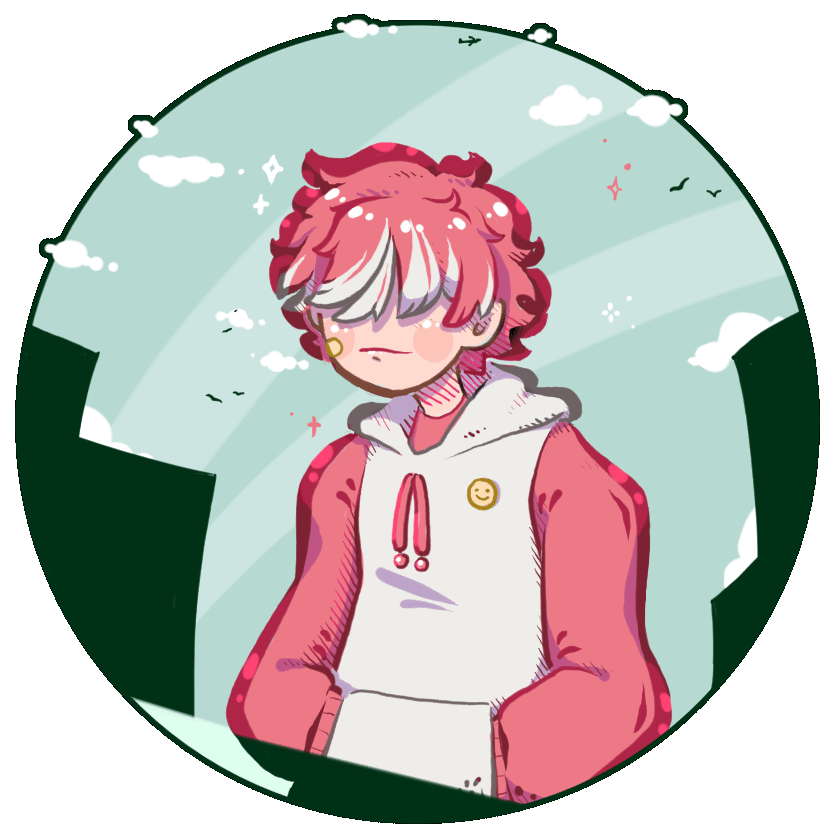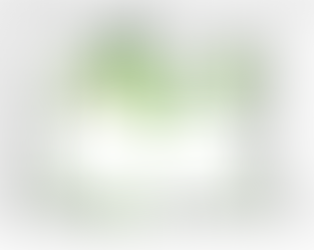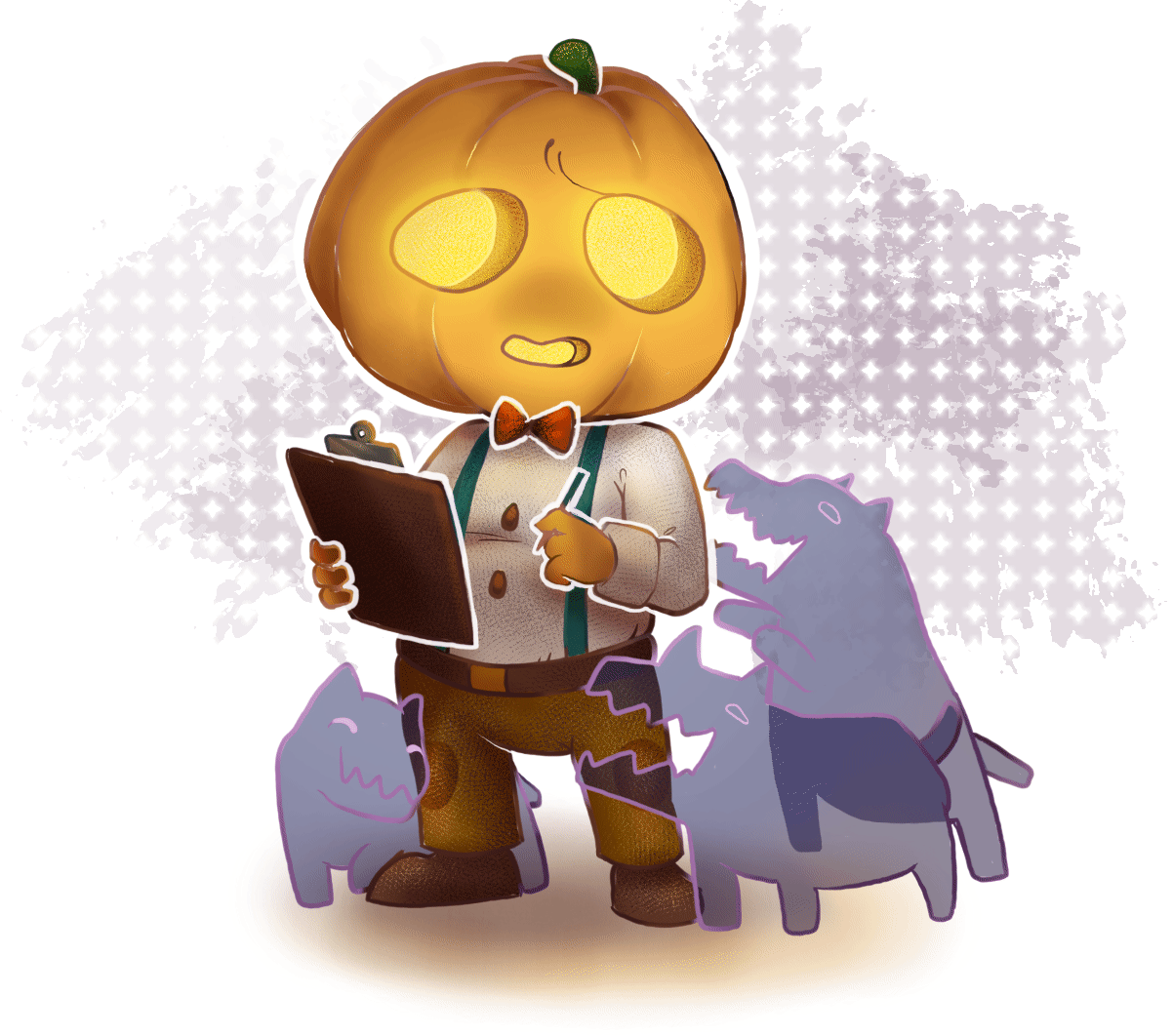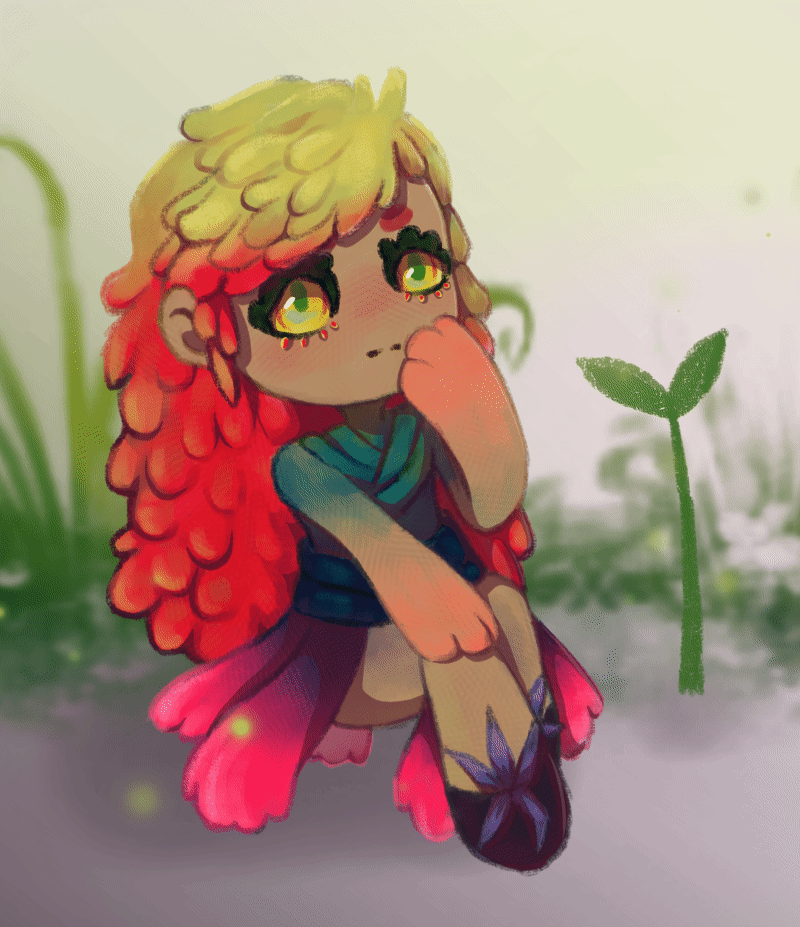9 Years of ArtFight: A Personal Reflection on Artistic Growth Over 156 Pieces of Character Art
- dashamakarishcheva
- Aug 16
- 5 min read
Updated: Aug 19

Additional extended gallery at bottom of page.
2017 | 2025 |
 Animated illustration of Rallie's character, Teruna |  Illustration of Galacticash's character, Solaris |
ArtFight is an online character illustration event occurring throughout the month of July.
There are two teams competing against each other, and to earn points for your team you must draw characters. You earn a few points by drawing a character on your team, and many by drawing that of your opponents. Additional points can be added on for the addition of animations, backgrounds, and complex techniques. The system used to "grade" these drawings evolves from year-to-year and has been both simple and intricate at times.
ArtFight Stats
As of the conclusion of 2025, these are my "battle stats". "Attacks" are drawings I made, and defenses are drawings made of 3 characters I have up so that users are able to "attack" me in turn.
Overall Battle Stats | Attack Rate Over Time |
 |  |
Side-note: The primary software I use is Krita. Back in high school I spent time exploring all of the available free drawing software available at the time to find out where the applications shone, and found that the advanced custom brush system, animation features, and frequent feature updates matched what I was looking for in a primary drawing application. I've been using Krita as far back as late elementary school and am currently exploring what tooling I can create via the software API.
When I have the available time, I use ArtFight as an opportunity to challenge myself and insight artistic growth by trying and learning new tricks! Here are a few illustrations that left an impact on me because they represent breakthroughs I had:
Desaturated Shadow Hues

This Leona illustration specifically provided a breakthrough in properly understand the use of desaturated hues as shadows. There was definitely a moment when it "clicked" and I became super excited that I could understand how to mix in colors to increase ambiance.
Gif Pixel Booleans

This illustration showcases a significant breakthrough I achieved in the realm of transparent animations. As you may have observed, I have a passion for utilizing transparency to craft unique silhouette illustrations that allow characters to stand out against any background.
In the .gif filetype, however, there's a limitation. The alpha for each pixel is not a range value and the opacity cannot be set as semi-transparent; instead, it requires a definitive choice between being fully visible or completely invisible.
This can result in animation artifacting, which I identified and was able to circumvent in animated illustrations such as in this above one of Eden.
Move Like They Do

As there are lessons in victories, there are lessons in mistakes. When I started ArtFight, I made this illustration of Rose. I was very proud of the integration of the silhouette and the plant life around her.
I shared this work to my mentors for feedback and one of them kindly pointed out that the pose I chose for Rose was physically unrealistic as the body simply can't turn that way! While it’s a popular pose among artists, it can be quite challenging to replicate in real life. This experience taught me to assess, try and emulate movements I expect of characters, and readjust given anything doesn't align within an unrealistic frame of movement. I definitely imroved my skills by reaching this critical artistic-developmental checkpoint.
Kitbashing

This illustration of an angel marked the beginning of my kitbashing journey. Traditionally, 'kitbashing' refers to the digital equivalent of the multimedia concept in traditional art. It involves leveraging additional digital tools to create digital art, often serving as a shortcut to achieve complex visuals. This process includes utilizing photographs to incorporate realistic elements or arranging 3D assets to design backgrounds and layouts.
At that time, Sketchup3D offered a free online browser version of a 3D software, providing options to position cameras and assets, as well as access to a library of free, user-submitted geometry for creative projects. I discovered a beautiful veranda-like facade that served as the perfect backdrop for this illustration, evoking for me a sense of home.
While using 3D assets may seem daunting at first, it truly takes less than a week to grasp the essential skills in the average 3D development application. The convenience and efficiency in this approach are invaluable.
Pipeline Experimentation

Though only two pieces were produced in 2023, one of them was a full-commitment project. Utilising the last of my opportunity to work with my educational May and Houdini licenses as well as the Redshift Renderer, I modeled, rigged/animated (Mixamo), lit, shaded, and simulated the clothes for this character piece. As well, I made sure that the 3D animation/simulation came through as a loop.
I believed it would be incredibly valuable to explore a character creation and simulation pipeline. The character is truly embodying the essence of the galactic shader, which enhances the character and 'Runway' aesthetic. Although I encountered some time constraints that prevented me from fixing the shader's swimming, I'm quite proud of the physics involved this character representation. It makes me want to touch it!
Referencing
2020 | 2024 |
  Illustrations of characters - Coshtum's Enora and JetSolitude's Vidalia | 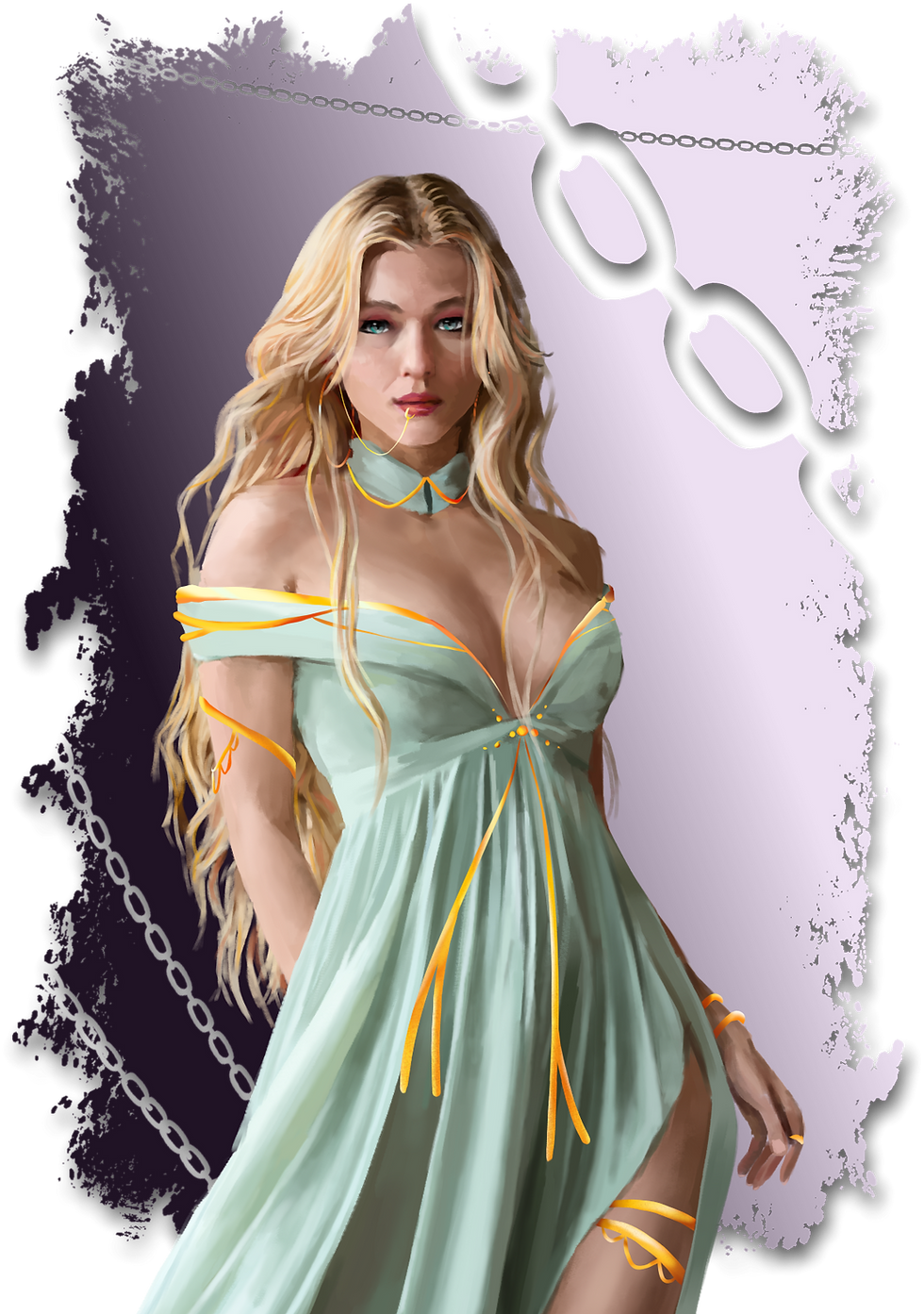 Illustration of pansxg's character, Emelia Sage |
Use references! No matter what kind. I was never pleased with my ability to create skin tones and faces with weight to them. However, the impact of emphatic referencing is made clear in the difference between older and more current work.
Though there is pride in being able to make good likenesses freehand, the advantages of collecting a nice reference-moodboard for a product significantly elevate the final output.
Experiment
Gallery of 2017-2025 artwork
One must always experiment with unfamiliar techniques and art styles. This is how one learns which tricks work and which don't, as well as when to utilize them.

For example, here I experimented, using texture to get an idea of what a 'realistic' version of a character whose creator described them as having 'hair made out of water' would look like. The exploration came out a little haunted and taught me that there's a subjective reason that characters are illustrated in the art style that they are.
It really does take time

I like to believe that art is just a collection of tricks.
Practice makes permanent, but on its own it doesn't drive skill elevation.
As one grows and explores, they acquire 'tricks', whether it's from stumbling into them or learning them from other artists.
This is why there is such an emphasis on making sure that young artists are experimenting with their work. It's a way to demonstrate that they're capable of eventually stumbling into art trick themselves, as much of the ArtFight work here demonstrates.
However, there is a shortcut to discovering tricks, and it comes from absorbing information from informed and experienced artistic professionals. A lot of growth for early artists can be fast-forwarded through the clear communication of professionally identified art tricks, such as when taught point perspective in an academic environment.
In conjuncture, this is why critique and feedback sessions are so important.
'Critique' is not a way to insult and point out flaws in a beloved project, but a way to utilize the eye and experienced vocabulary of professional artists to the next 'trick'(s) to elevate art through identification of what is missing or not utilized.
For example, and I'll leave you with this:
Here's my favorite trick to teach. Have you heard of triangulation?











